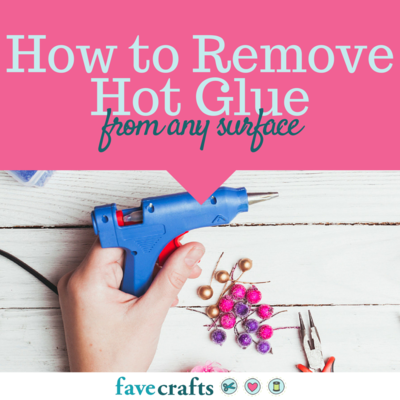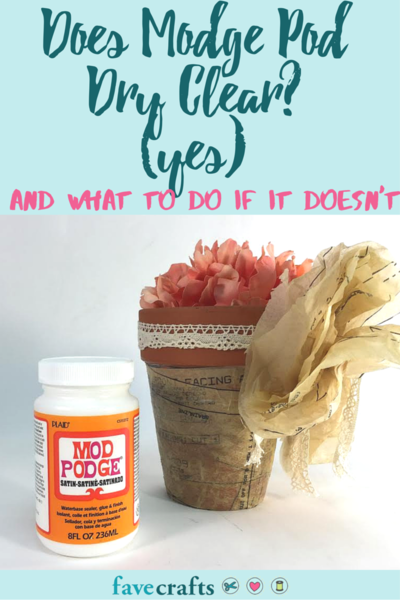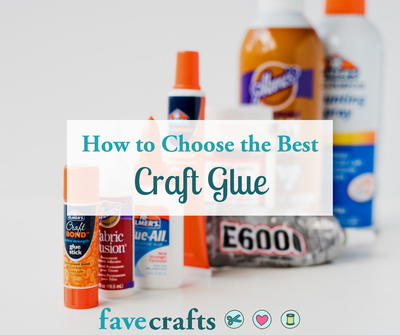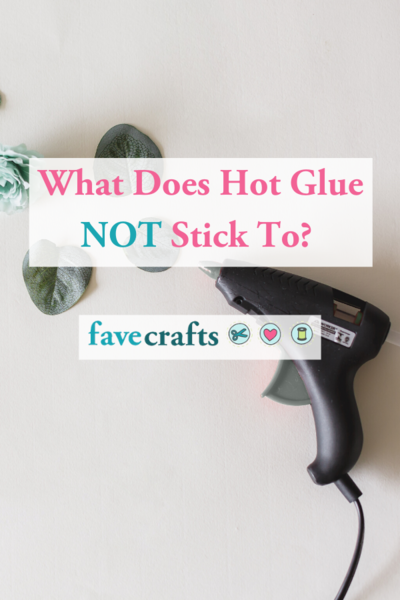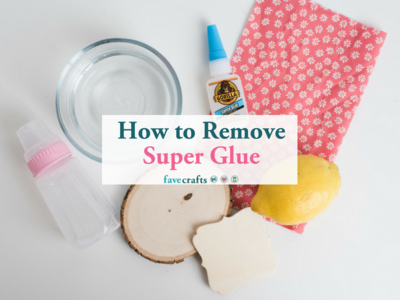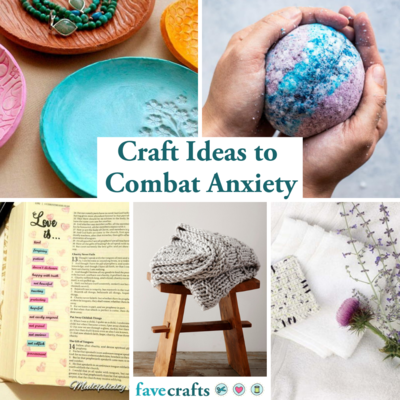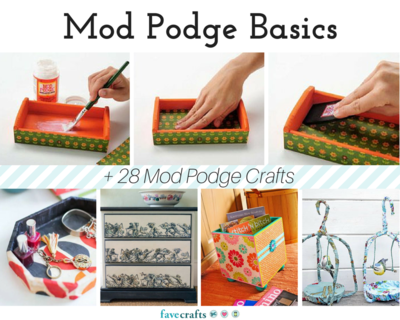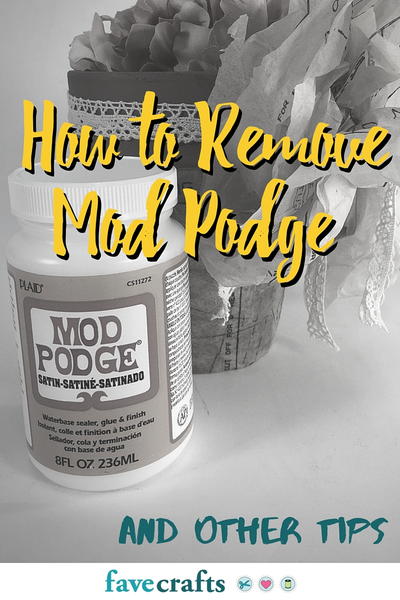How to Choose and Care for Your Arts and Crafts Paintbrushes
Learn the differences between the many craft paintbrushes out there and use our quick and easy guide to learn how to care for your brushes.
Arts and Crafts Paint Brushes
Round Brush: Brush usually with a round ferrule and round shape brush tip that can come to a point or be trimmed flat. The size can go from 000 (tiny fine tip) to 10 (big fat brush).
- Spotters- Fine detail work
- Liners- Continuous curved or straight lines of same thickness
- Scripts- Holds more liquid than Liners
Flat Brush: Brush with long bristles with a square- cut brush tip and a ferrule that is somewhat flat usually size by number such as 2, 8, or 16 or by fraction 1/4”, 1/2”, 3/4”
Hake Brush: Oriental brushes that are very fluffy and absorbent available round and flat best known for their use in Sumi-e or Oriental brush stroking.
Stencil Brush: Very stiff round brush with flat or even tip used dry, loaded with paint, crème paint or ink and with a circular motion applied to surface in combination with a stencil.
Make-Up Brushes: Usually very “fluffy” used to apply chalks and pastels.
Stipple Brush: Stiff round brush with uneven tip used dry, paint or ink is loaded onto brush and brush is pounced onto surface giving texture.
Specialty Brushes: Do very specific techniques and include such brushes as Filbert, One Stroke, Mop, Rake, Fan, Liner, or Paste.
Sponges: Different types and sizes, including natural and synthetic giving either a smooth or textured look when loaded with color and pounced on surface.
Natural or Synthetic?
Natural brushes are made of animal hair and are usually the most costly and time consuming to make. Most painters feel that a natural brush gives the finest chiseled edge or point. Synthetic brushes are manufactured with hairs made of polyester. The advantages of a synthetic brush include being less expensive to produce, easier to clean, less prone to damage from solvents and paint, and better suited for painting with acrylics. Please note that brushes should be wet when working with liquid color unless other wise stated (dry brushing techniques).
The Paintbrush is a Versatile Tool
- The tip of a brush can be used as a stylus or burnisher.
- The handle of the brush can be used to bend or shape paper.
- The brush bristles can be used to smooth or de-wrinkle paper.
Arts and Crafts Paintbrush Care
- Invest in good quality brushes for detail work including shading and highlighting. A good brush does half the work for you.
- Use the proper solvent for the paint being used. Watercolors and acrylics use water. Oils use solvents.
- Keep the water-based brushes and solvent brushes (oils) separate. Most solvents repel water.
- Always clean the brush between brush changes and color changes.
- Never allow paint to dry on the brush. Acrylics dry very quickly, even when basecoating with an acrylic there is a need to clean the brush occasionally.
- Avoid twisting and pushing down hard on the brush hairs. It leads to distortion of the natural direction of the hairs. The fine edge or point of the brush is permanently damaged.
- The water level of your water container should not be above the ferrule (where brush hair is attached to handle) of the brush. Excessive moisture to the handle can cause the surface of the handle to chip and erode causing damage to the ferrule and brush handle.
- Excessive moisture will distort and loosen the ferrule. You want to take care with it.
- Never let a brush sit in water. Clean or rinse brush and remove from water container. When the painting session is done completely clean the brush. First wipe brush on a paper towel. Rinse thoroughly in proper solvent. A brush cleaner or soap and water should be used. Then wipe brush over paper towel again to make sure there are no traces of color left in brush. Dry the brush including ferrule and handle. Reshape the brush with fingers.
- Store brushes upright on their handles, suspended, or lying flat. Tips (brush hair) should not be bent or pressured.
- Avoid storing wet brushes in an airtight container to prevent mildew problems.
- Do not try to keep placing the little plastic tip protector back on the brush. More times than not, damage is done to the brush hairs. The plastic tip was meant to protect the brush from the manufacturer to the store shelf.
- Avoid getting paint into the ferrule. It is better to have a light touch with the paints and have to apply a second coat, than to overload a brush with paint.
- It is a good idea to occasionally restore the natural oils in natural hair paintbrushes with a paintbrush conditioner or clean with conditioning brush soap.

